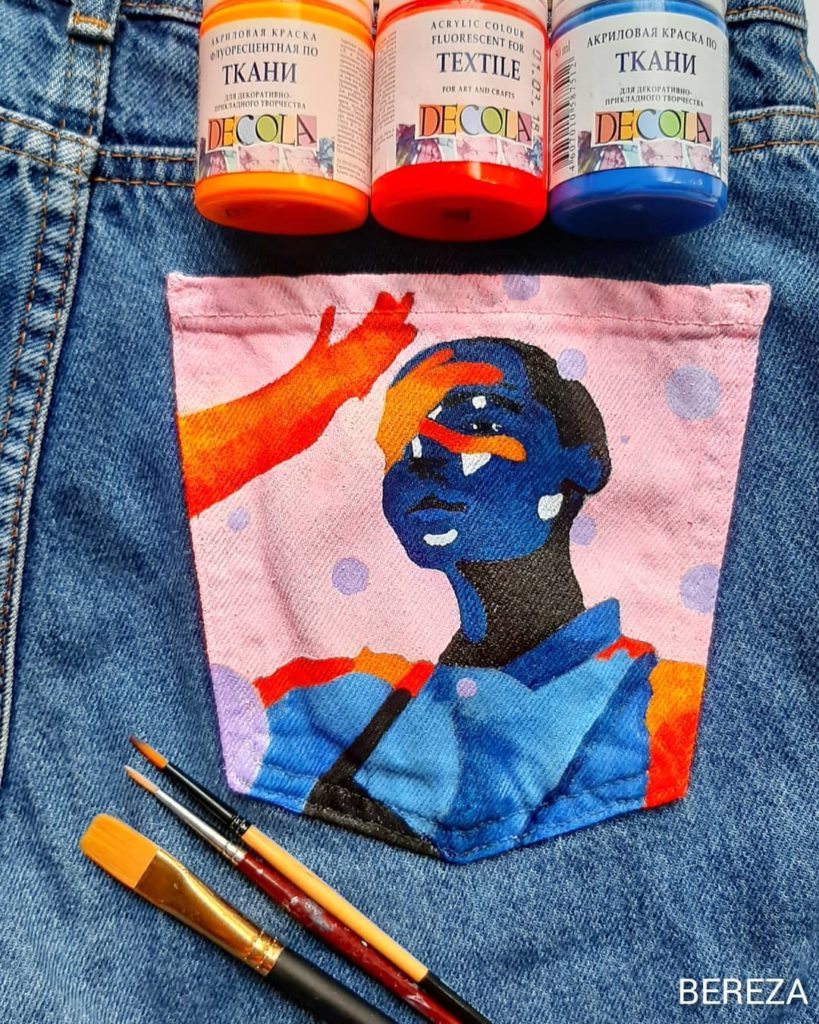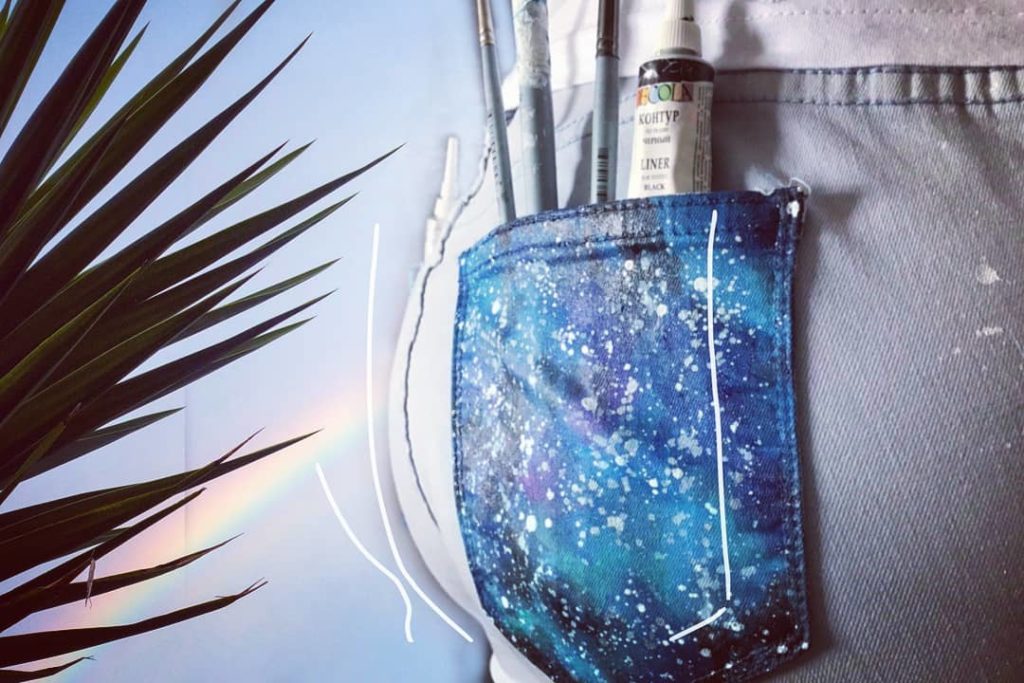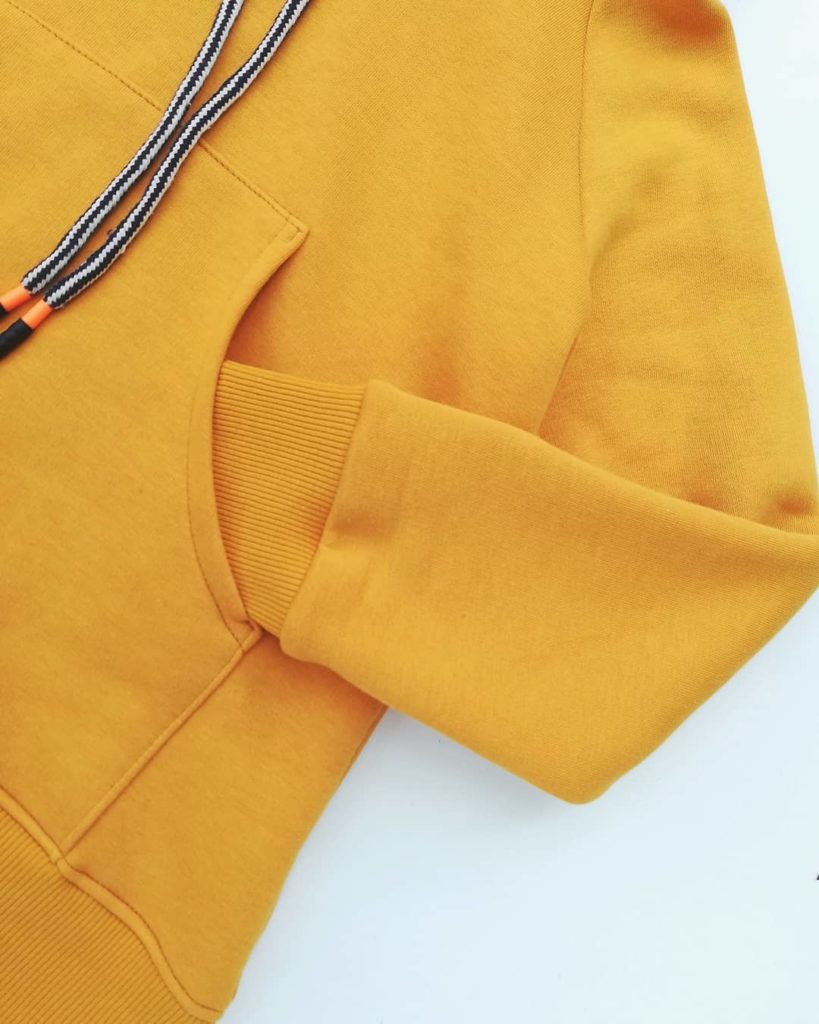Sometimes a small, almost imperceptible detail means an immodest amount. There it is - you don’t notice it, but if suddenly it’s not there, then you walk “as if you have no hands.” For example, a pocket on clothes. Try to walk in a coat that does not have this small element on it - the discomfort is immediately felt.
Meanwhile, a pocket is a kind of container for small items not only on clothes, but on a bag, backpack and other things. A man invented a pocket many years ago, but to this day they have not lost their relevance.

@bereza.style
In 1991, an ice mummy of a man who lived around 3300 BC was discovered in the Alps. At his waist, archaeologists found a belt with a bag in which simple little things that were important at that time were stored: a scraper, a dried mushroom, an awl made from the bone of an ancient animal and flint. This kind of pouch is considered the progenitor of the modern pocket.
Many centuries later, in the 13th century, slits appeared on the clothes of Europeans, thanks to which it was possible to reach the bag hanging on the belt. However, real pockets appeared at the end of the 15th century. Since then, their popularity has grown rapidly.
A little later, omoniers appeared in the everyday life of Europeans - small wallets on straps that were hidden under clothes. It was also possible to get such a medieval wallet through a slit in clothing.
In the 17th century, pockets finally began to be sewn into men's clothing. Then they were mortise, hidden from prying eyes. Women have long used hanging pouches hidden under numerous layers of skirts.

@art_ukris
The main function of the pocket is to store small things: money, keys, and some other small but significant items. However, today this small detail solves important decorative problems: sometimes, thanks to the pocket, the appearance of a thing is literally transformed.
The variety of modern pockets is surprising. So, among the most common we highlight:

@kubishka_hand_made
In addition, pockets vary in location on clothing. The following options are valid:
There is also a so-called removable pocket, which is something between a bag and a wallet. It is not entirely convenient in everyday life, as it is attached to the belt and fastened with a zipper or button. Such an accessory should be carefully thought out so that it fits perfectly with the rest of the image.